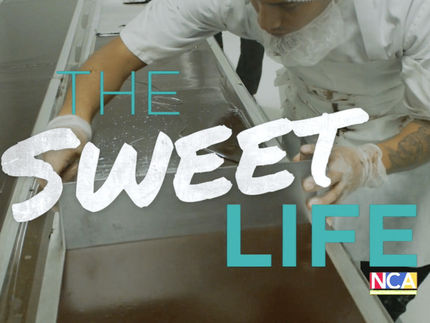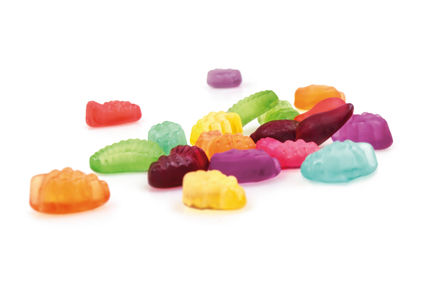What does Halloween look like in an era of social distancing for confectionery manufacturers?
The attraction of individually wrapped treats
In July 2020, Hershey introduced four new confections for Halloween 2020, offering hope that the most lucrative holiday in the US would stay strong during the time of COVID-19. The creative and hygienic packages are perfect for the holiday.

Hershey’s snack-sized KitKat for Halloween 2020
Mintel
In 2019, Americans spent some $8.8 billion on Halloween candy, costumes and related ornaments and other accessories, according to the National Retail Federation. But this is not 2019; it is 2020 and the usual angst about Halloween (children’s safety while trick-or-treating; candy rendered unsafe by dangerous strangers) pale in comparison to the fears brought on by the COVID-19 pandemic.
The first fear – that of unhygienic food – has been mitigated by the current state of play in the candy industry. Long before the pandemic, companies made sure that treats were individually wrapped, responding to worries from parents about tampering or contamination.
Bigger can be better, safer and cleaner
While individually wrapped treats have long been held up as the standard for hygienic and safe Halloween fare, in the era of COVID-19, sharing has attracted more scrutiny. Before the pandemic, passing a sharing bag of candy between friends attracted no attention, and kids sharing a small, single-serve bag or roll of small treats (eg M&Ms or Smarties) was innocuous and to be expected.
But times have changed, and consumers are more scrupulous about hygiene, to the extent that there is likely to be apprehension about sharing any unwrapped candy, even the smallest amounts and even among children.
But individually wrapped larger treats, like the single piece Reese’s Franken-Cup launched for Halloween 2020, are less likely to be handled and shared by groups of trick-or-treaters, given their “one-bite” size and shape.
The attraction of individually wrapped treats
Three in five consumers in the US bought individually wrapped chocolate pieces before COVID-19, according to Mintel research on chocolate confectionery. Given the built-in hygiene feature of such products, it is likely that they will gain popularity over the next year.
37% percent of chocolate users bought Halloween-themed confectionery in the three months ending Feb 2020. The allure of conveniently – and hygienically – packaged treats may spur similar patterns of purchase going forward.
Finding new ways to share and scare, safely
Manufacturers and retailers will have to rethink the mechanics of trick-or-treating and sharing candy in a COVID-19 world. In 2019, 76% of adults gave out Halloween candy, according to the National Confectioners Association. While it is true that the tradition of door-to-door trick-or-treating has been declining in recent years, according to the National Retailers Foundation, sales of Halloween candy reached $2.8 billion in 2019.
Start to think of Halloween plan B
According to the National Confectioners Association, 68% of Americans celebrated Halloween in 2019 and 95% of them purchased candy. They started to prepare for the holiday early: 37% started preparing and stocking up in September.
In a perfect universe, sales of candy and costumes in Halloween 2020 have the potential to top those set in 2019. But COVID-19 will likely change that. It is time to go to plan B: finding ways to make the holiday fun and manageable during COVID-19.
Reimagining the holiday
Social media has been slow to react to the impending crisis, but some innovative potential celebrants are suggesting socially distanced alternatives. Confectionery manufacturers can help, with hygienic products and a “new road map” for parents and party planners.
Among the plans that have started to be bandied about: trunk-or-treat, in which a number of families meet in an empty parking lot and have kids trick-or-treat from car trunk to car trunk and zoom-o-ween (or skype-o-ween) – which would have kids virtually sharing costumes online and keeping treats to themselves. As well, enterprising parents are planning to distribute Halloween fun packs (containing candy and other treats) to households in their neighborhoods.
Mars Wrigley illustrated the extent to which manufacturers can make the holiday safer and still fun for kids. The company debuted its digital ‘Treat Town’ platform, which “opens” on October 1st, as a way of linking kids and candy. There is room for many more companies to re-invent the rituals of Halloween.
What Mintel thinks
Confectionery manufacturers have the hygiene right to sell Halloween candy in the era of COVID-19. However, they should find ways to make Halloween memorable – and encourage more sales – using social media, e-commerce and teaming up with local agencies or groups to ensure that the experience matches kids’ expectations.

































































